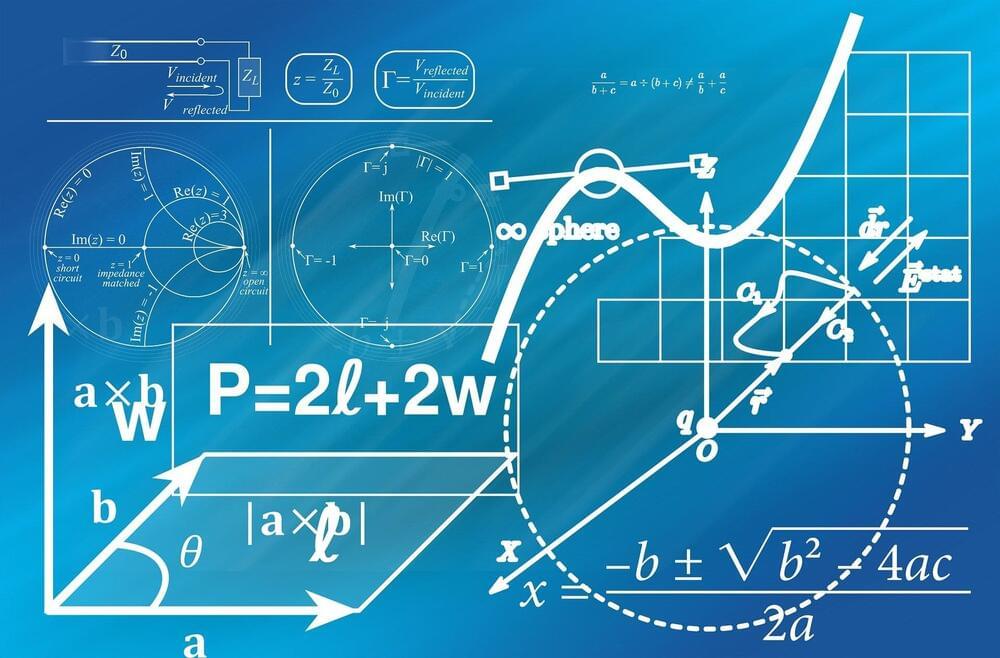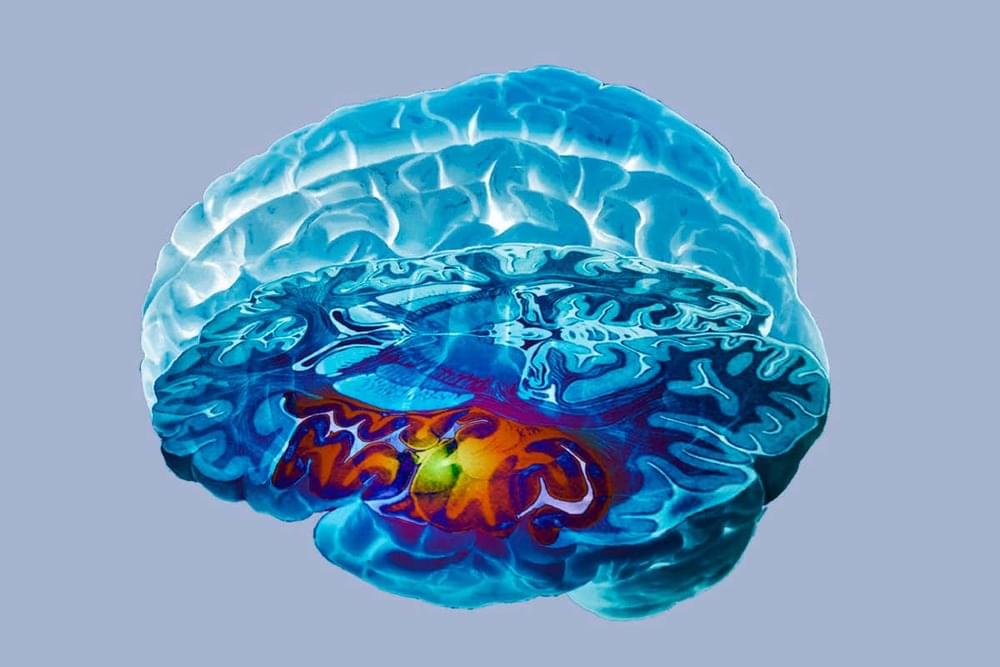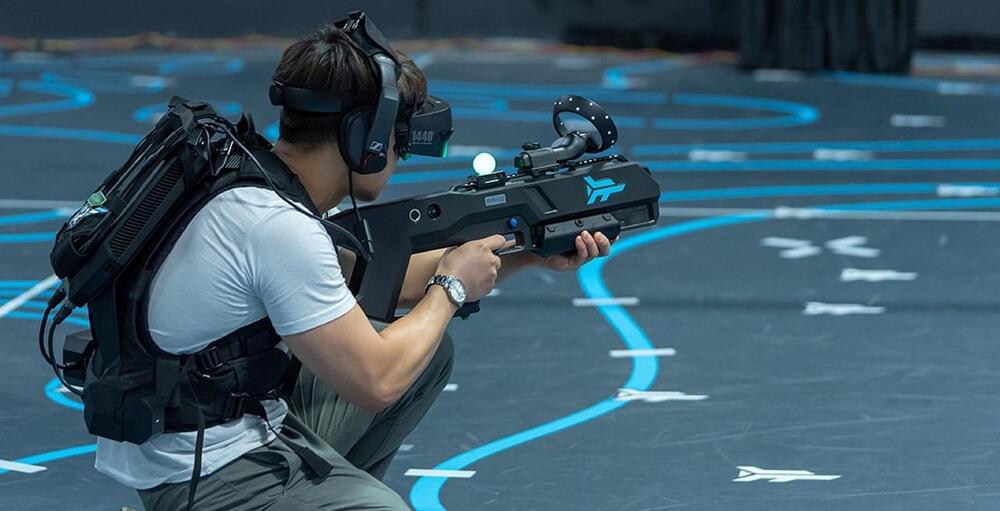Multivariable calculus, differential equations, linear algebra—topics that many MIT students can ace without breaking a sweat—have consistently stumped machine learning models. The best models have only been able to answer elementary or high school-level math questions, and they don’t always find the correct solutions.
Now, a multidisciplinary team of researchers from MIT and elsewhere, led by Iddo Drori, a lecturer in the MIT Department of Electrical Engineering and Computer Science (EECS), has used a neural network model to solve university-level math problems in a few seconds at a human level.
The model also automatically explains solutions and rapidly generates new problems in university math subjects. When the researchers showed these machine-generated questions to university students, the students were unable to tell whether the questions were generated by an algorithm or a human.






 עברית (Hebrew)
עברית (Hebrew)